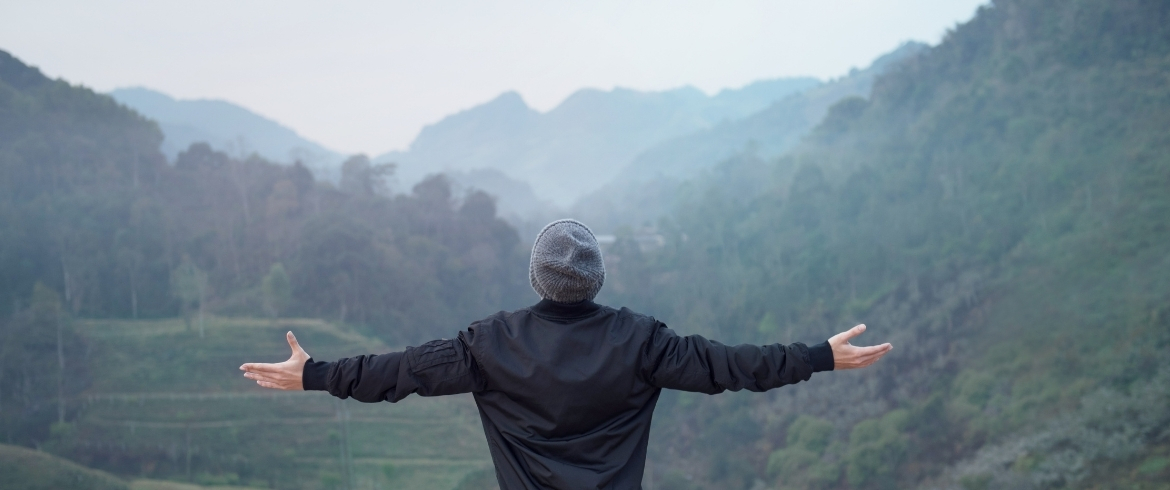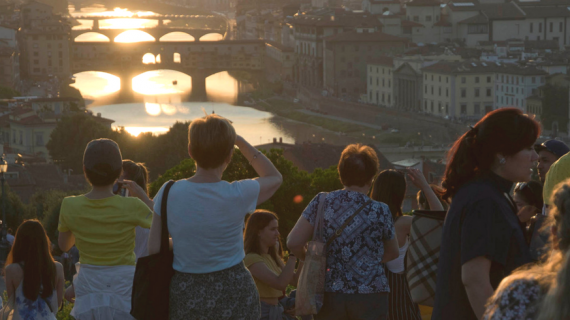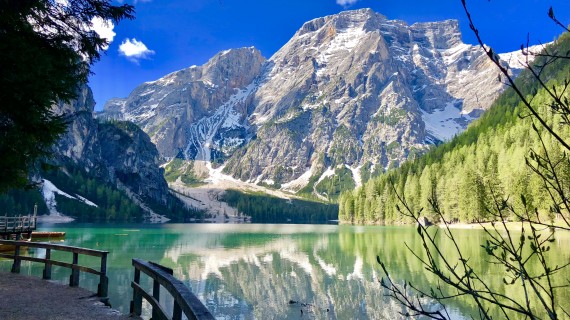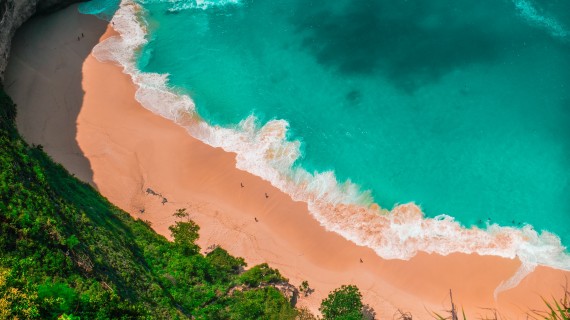Many destinations are struggling with Overtourism. From Gated Tourism to Deseasonalisation, find out the possible solutions to overtourism.
According to the World Tourism Organization, in 2030 the international flow of tourists will even exceed 2 billion. And even today, these flows are not equally distributed, as Overtourism affects only some specific places at specific times.
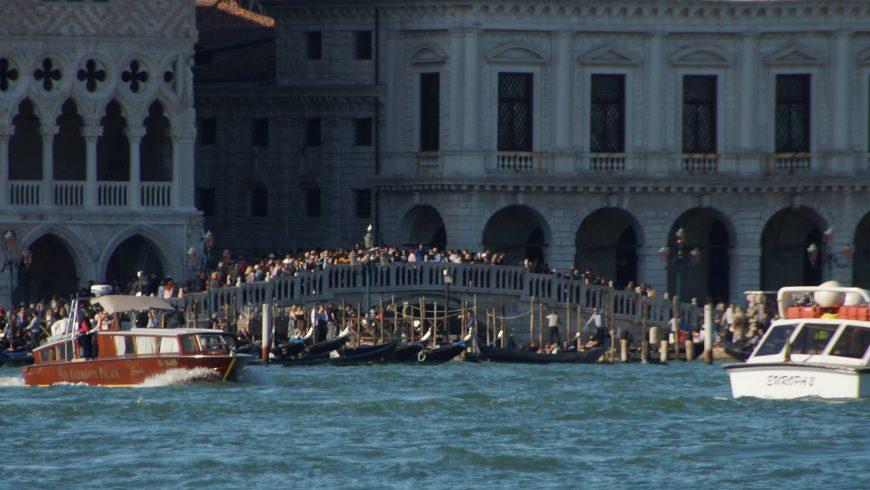
Millions of tourists overcrowd beaches, art cities, historical and cultural sites, and natural parks.
This kind of tourists is almost always day-trippers. They do not usually stay overnight, as they only stroll around for some hours, according to a ‘being there, done that‘ attitude for which they want to do and see as much as possible.
And it is this very quantity over quality approach that is damaging forever the most beautiful areas in the world.
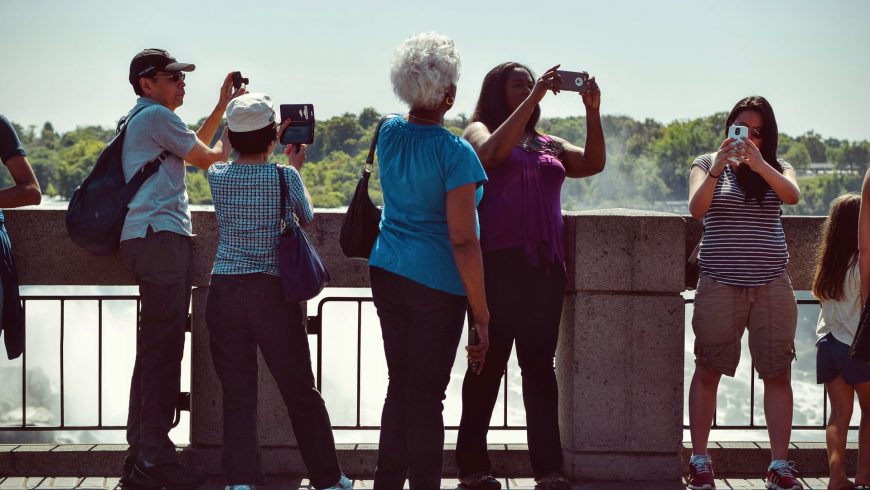
According to Future100, these destinations are sadly undergoing a process of ‘Disneyfication’. They are becoming a sort of playground or a theme park, in which ‘Disneyland-size crowds’ only take some selfies, and passively stroll around. They do not actively look for meaningful experiences and do not care about respecting other tourists, or the environment.
Could tourists actually be too much for a destination? Even if large tourist flows may bring large economic revenues, they also bring a strong negative impact on a destination.
Why Should Everybody Care About Overtourism?
According to the World Tourism Organisation, Overtourism is the impact of tourism on a destination, that excessively influences in a negative way the quality of life of locals and the quality itself of the visitor’s experience.
And it goes without saying that this adversely impacts the environment too.
In fact, Overtourism translates into irreversible, negative, environmental effects, which may change forever the uniqueness of certain destinations.
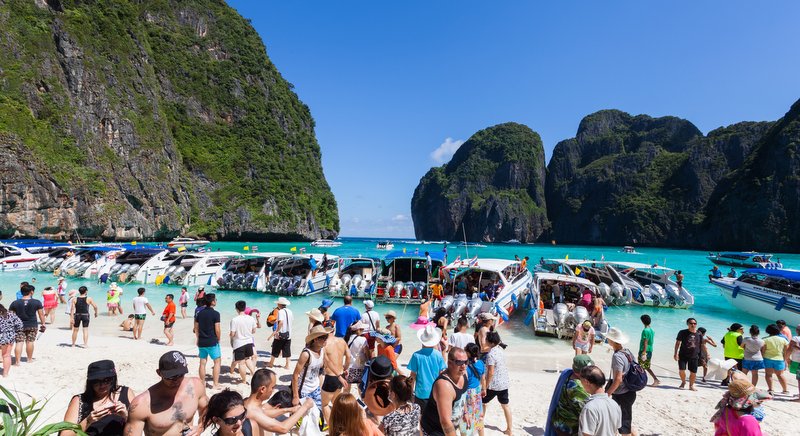
This will result in an inauthentic, shallow and too fast experience, which is harmful not only to locals and to the environment, but also for ourselves as visitors and for any other tourist who has decided to visit the same place at the same time.
Overtourism in Alpine Region Areas
It is also clear that the issue of Overtoursim gets even worse in areas such as natural parks and mountain areas, such as the Alps.
These areas are even protected ones, as they are housing the majority of flora and fauna species in Europe.
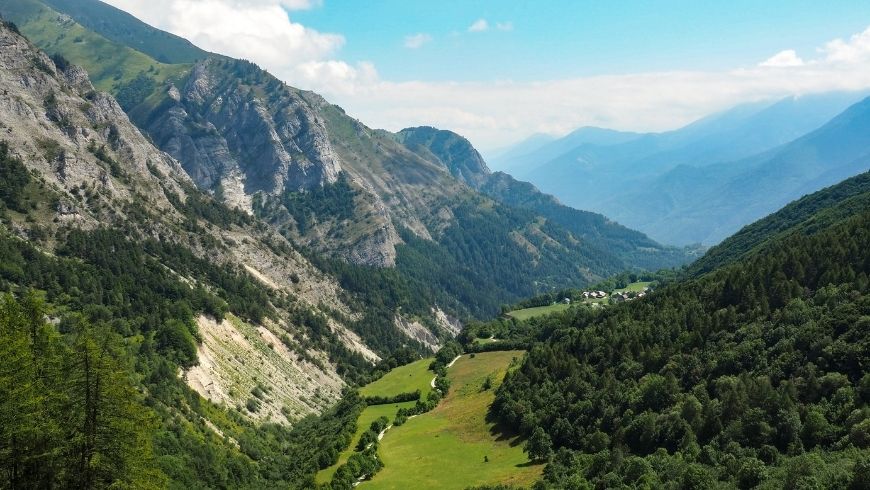
In fact, these areas usually attract tourists who look for a slow, immersive and sustainable tourist experience.
As they look for quiet and untouched natural areas, on the contrary, they most often end up finding themselves in a massive crowd of day-trippers.
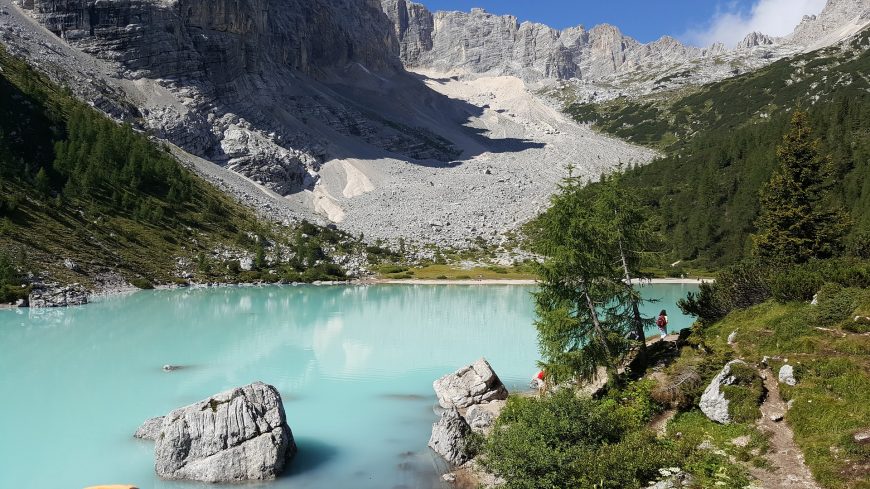
How can you help to contrast Overtourism? Today you can choose to be a responsible tourist in following the good practices of sustainable tourism, as well as in supporting some innovative strategies which had been designed to end tourist overcrowding and provide more deep and meaningful experiences.
Sustainable Tourism and Solutions to Overtourism
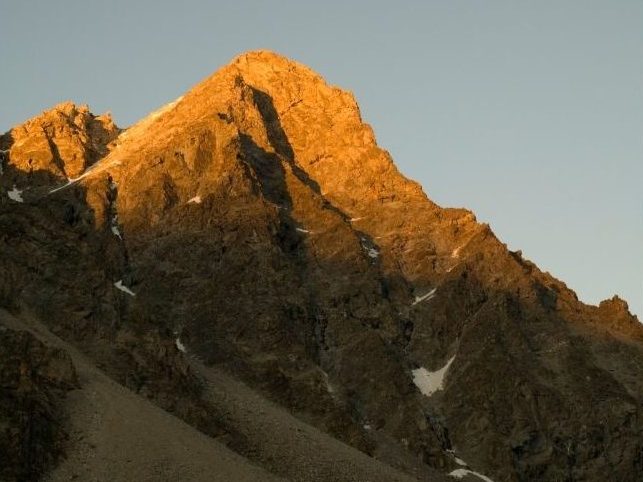
Luckily today even the supply and demand of sustainable tourism are increasing. In fact, also due to the current Covid situation, a growing number of tourists is looking for a type of holiday which allows social distancing and keeps the number of other visitors to a minimum.
It is all about holidays where tourists can stay outdoor while breathing fresh mountain air and listen to the soothing sounds of nature.
This translates into a quest for a more sustainable, authentic and slower tourist experience, especially situated in green mountain areas, such as the Alpine region.
And especially during last summer, there has been an incredible increase in the tourist demand towards these destinations.
How to Contrast Overtourism? Gated Tourism and Deseasonalisation
As solutions to Overtourism, many destinations are testing new approaches, in order to create truly sustainable tourism from every point of view. This concerns precisely those areas which are generally subject to overcrowding, or which could shortly become so.
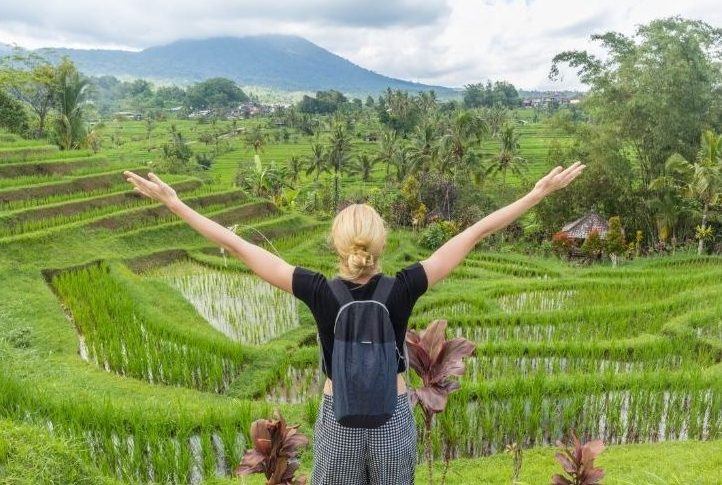
Two interesting strategies are Gated tourism and Deseasonalisation. These 2 strategies have already been adopted in such areas as Komodo National Park in Indonesia, and the sacred Uluru Mountain in Australia.
It would be interesting to take into account these approaches in the Alpine Region too. They would allow to both protect the environment and inhabitants, while also allowing social distancing and a more authentic experience.
1. Gated Tourism

One of the best solutions to overtourism, experimented by some natural areas, is Gated Tourism. It’s a system that provides new regulations either limiting entries in a certain place or over a certain period of time.
This could happen:
- either by implementing a reservation system on payment
- or by making a place accessible to visitors only in certain periods of the year.
Gated tourism would not only limit tourist flows but would actually attract quality tourists, who are willing to spend money to access certain areas, or to visit them in specific periods of the year.
Such a tourist would certainly visit a destination in a slow, authentic and sustainable fashion.

2. Deseasonalisation
One of the main characteristics of the tourism sector today is seasonality. However, this can become a problem, especially when connecting to Overtourism. And especially in this historical period.

It would be interesting to adopt Deseasonalisation in the context of redistribution of tourist flows. For example, tourists could be encouraged to visit destinations in different periods or over longer ones.
How to do that? A possibility is the one of offering the same product to a different target, or further segmenting tourism in more specific niches. Some examples are culinary tourism, wellness tourism, or sports tourism.
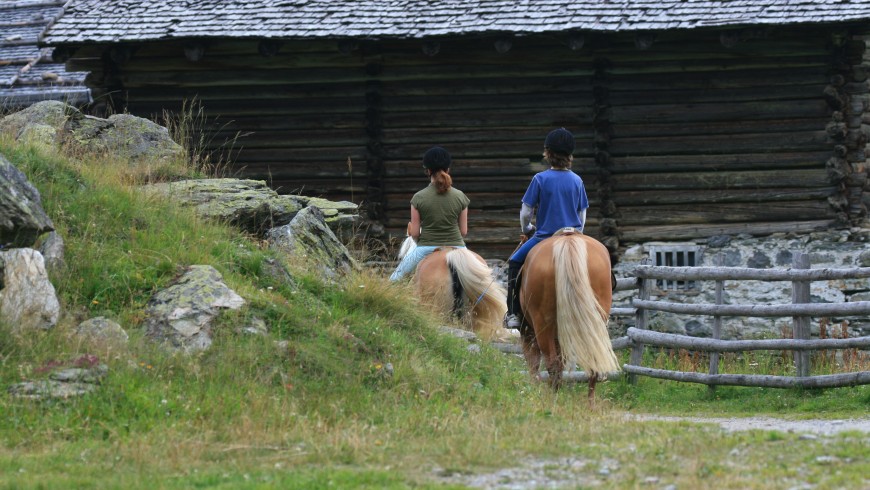
Another possibility is offering interesting packaged activities in different seasons of the year. Packages could perhaps connect to places, events or initiatives of a place that tourists usually barely know.
Promoting other aspects which make the Alpine region unique, as compared to those that mostly make them famous all over the world is key.
In doing so, the environment, local tourist infrastructures, and local population would be more able to support tourist flows, and will ultimately provide visitors with a more memorable experience. Such a shift would truly enhance the uniqueness of a certain area and the tourist experience itself.
The Desire to Travel will be Uncontrollable, But we Can Control Tourist Flows
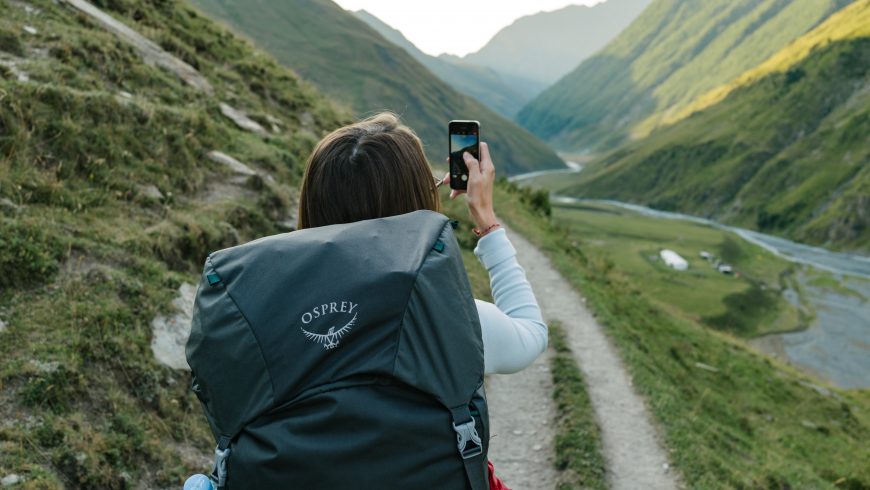
Safeguarding tourists and the environment, while preserving the uniqueness of the Alpine territories, will therefore be fundamental in the Post-Covid era.
If on the one hand, given the prolonged lockdown we all have experienced, the desire to travel will be uncontrollable, the one thing we can control is the tourist flow.
And it will be possible to do so by following strategies such as Gated Tourism and Deseasonalization.
Such approaches would preserve both the uniqueness of the Alpine territories and the quality of Alpine tourism itself.
What of these solutions to overtourism could be more successful?
Featured image via Canva
